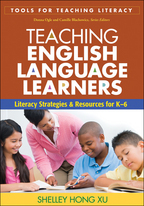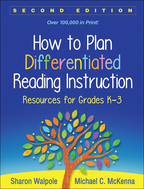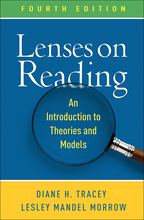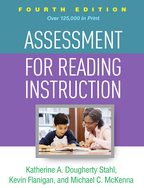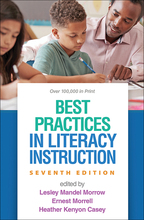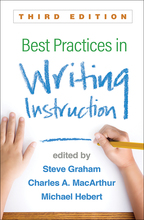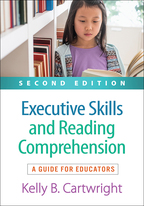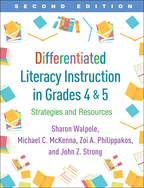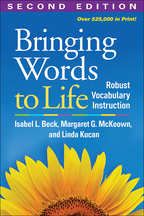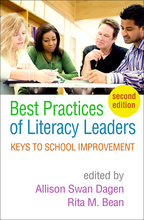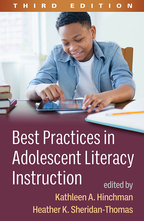Teaching English Language Learners
Literacy Strategies and Resources for K-6
Shelley Hong Xu
2. Language Acquisition and Linguistic Interferences
3. Instruction for Oral Language Development
4. Instruction for Phonological and Orthographic Knowledge and Fluency Development
5. Instruction for Vocabulary Development
6. Instruction for Reading Comprehension Development
7. Instruction for Writing Development
8. Instruction for Grammar
Appendix A. Reflection on Modifications of Instructional Strategies and Materials
Appendix B. Similarities and Differences between English and L1
Appendix C. Student Errors and Possible Explanations for the Errors
Appendix D. Instructional Focus Based on Interferences
Appendix E. Oral Language Assessment Chart (Say Something and Oral Retelling)
Appendix F. Conversation Assessment Chart
Appendix G. Anecdotal Record Form
Appendix H. Factors to Consider in Selecting Books for Read-Aloud
Appendix I. Fluency Assessment Chart
Appendix J. Self-Assessment of Words
Appendix K. A Lesson Plan for Morphemic Analysis, Spelling, and Grammatical Features
Appendix L. Personal Vocabulary Journal
Appendix M. Think-Aloud Guide
Appendix N. Writing Strengths and Needs
Appendix O. Peer-Revision and Editing Form
Appendix P. A Summary of Components of English Grammar
Appendix Q. Documenting Student’s Needs and Instructional Focus

